Education News Posts on Crowch
October 10th marks World Mental Health Day, a global event dedicated to raising awareness about the importance of emotional well-being, prevention, and support for those facing psychological challenges. Established by the World Federation for Mental Health in 1992, this day has since been a platform to address key issues affecting mental health worldwide.
Why It Matters
Mental health shapes how we think, feel, interact, and cope with life’s challenges. It impacts our quality of life, productivity, and our ability to maintain healthy relationships. Stress, anxiety, depression, and burnout are not just passing phases — they are real concerns that require understanding and proper care.
Theme of 2025
Each year, World Mental Health Day focuses on a specific theme, from increasing access to mental health care to combating stigma. The core message remains the same: mental health is just as important as physical health, and support should be available to everyone.
Breaking Stigma
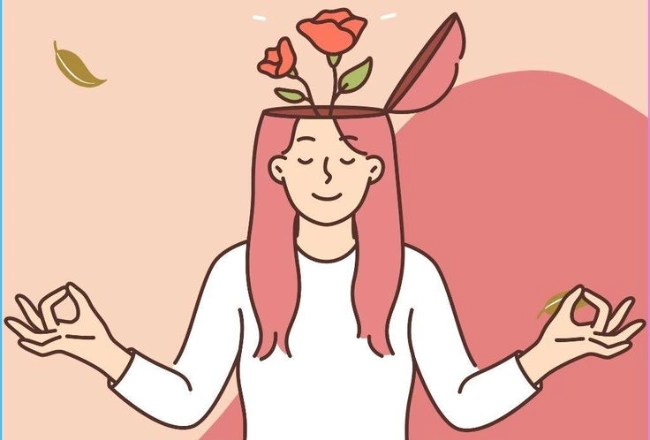
In many cultures, mental health issues remain a taboo topic. This leads to fear, shame, and hesitation to seek help. Public awareness campaigns, education, and sharing personal stories are essential to breaking down prejudice and building acceptance.
Ways to Get Involved
- Start Conversations with friends and family about self-care and emotional well-being.
- Offer Support to someone going through a difficult time.
- Learn relaxation techniques, meditation, or breathing exercises.
- Participate in charity events, talks, or workshops on mental health.
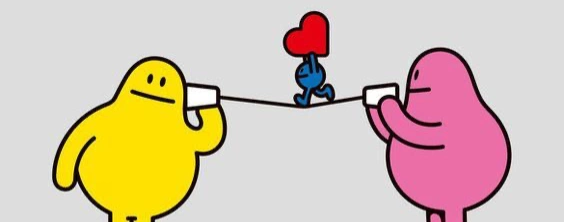
The Key Message
World Mental Health Day is a reminder that caring for your inner world is not a luxury, but a necessity. Every one of us can make a difference — by listening, offering kindness, and creating safe spaces. A healthier society begins with the mental well-being of each individual.
Every October 5th, we celebrate World Teachers’ Day, a moment to honor the people whose work often shapes the direction of our lives. Teachers are not just transmitters of knowledge — they are catalysts for change, sources of inspiration, and guides through some of life’s most formative years.
Beyond the Lesson Plan
While a teacher’s job description may focus on academics, the reality goes far beyond textbooks and exams. In classrooms, teachers create environments where students feel safe to express themselves, ask questions, and take risks in learning. They notice the quiet student with untapped potential, the one struggling with self-confidence, and the one whose home life makes school the only place of stability.
Stories That Stay With Us
Almost everyone can recall at least one teacher who made a difference. Perhaps it was the elementary school teacher who noticed your talent for art and encouraged you to pursue it. Or the high school math teacher who stayed after class to help you understand a concept you thought you’d never master. Maybe it was the university professor who challenged your thinking and opened doors to new opportunities.
These moments may seem small at the time, but they can alter the course of a student’s life. Many successful people — from scientists to artists to leaders — credit a teacher for giving them the confidence to follow their dreams.
The Weight They Carry

Teaching is not without its challenges. Many educators work in underfunded schools, stretch their own budgets to buy classroom supplies, or spend late nights preparing lessons. They balance the needs of dozens of students while also meeting administrative demands and adapting to changing educational systems.
Despite these challenges, teachers often show remarkable dedication, driven by a genuine belief in the power of education to change lives.
A Global Day of Appreciation
World Teachers’ Day, established by UNESCO in 1994, is now celebrated in more than 100 countries. Events range from award ceremonies and public recognition programs to community gatherings where students and parents express gratitude. The day also serves as a platform to discuss important issues such as teacher shortages, professional training, and equitable pay.
How to Mark the Occasion

- Reach Out: Contact a teacher from your past and let them know the impact they had on you.
- Celebrate Locally: Participate in school or community events honoring educators.
- Promote the Profession: Share positive stories about teaching to inspire the next generation of educators.
- Advocate: Support initiatives that improve working conditions and resources for teachers.
Why This Day Matters
Education shapes not just individuals, but entire societies. Teachers are at the heart of that process. Recognizing their contribution is not just a courtesy — it is a commitment to valuing one of the most important professions in the world.
On October 5th, let’s remember the teachers who changed our paths, thank those who continue to guide the next generation, and work toward a world where every educator is respected, supported, and celebrated.
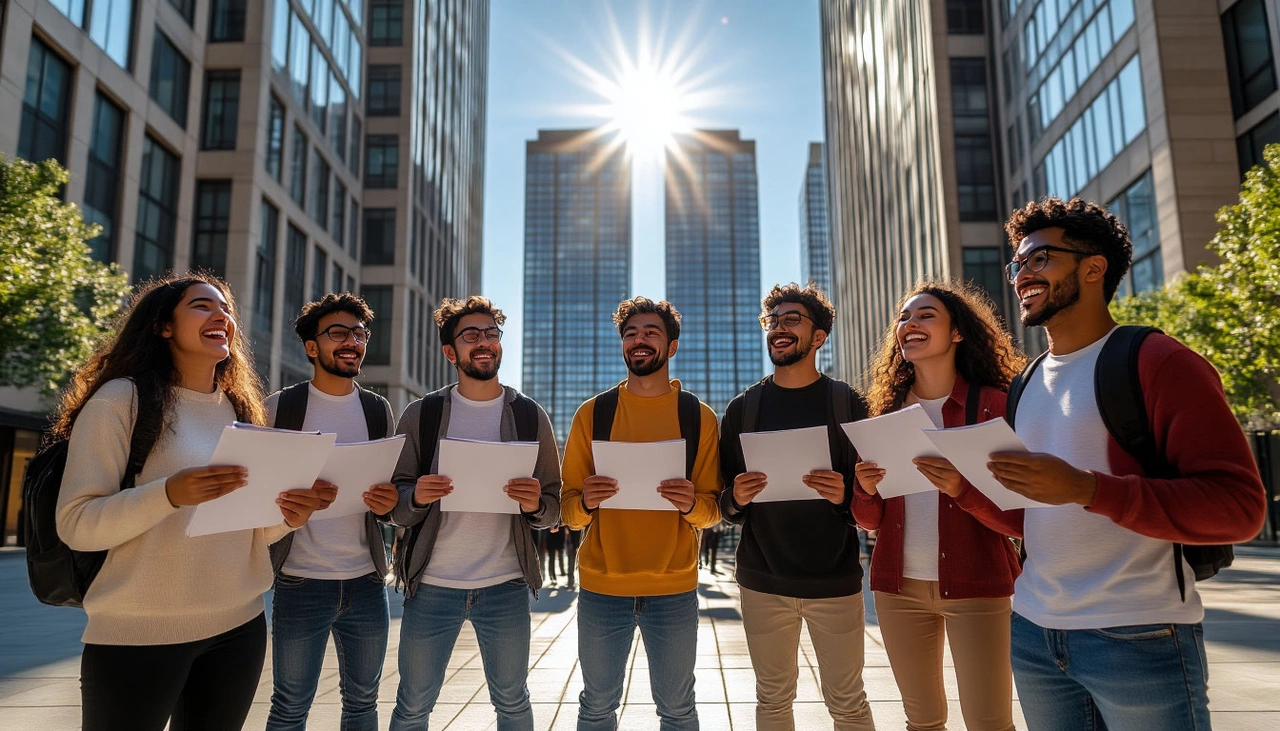
For thousands of international students dreaming of studying in the United States, one of the biggest concerns is how to afford tuition, housing, and living expenses. The good news? American universities, government institutions, and private foundations offer a wide variety of scholarships and financial aid programs that can make this goal achievable — even for those with limited resources.
However, the path to receiving financial support isn’t always straightforward. Let’s explore the realities behind scholarships in the U.S., the different types, how to improve your chances, and which universities are more open to helping international students.
💸 Need-Based Scholarships: Help When You Can’t Afford Tuition
One of the most common types of financial aid in the U.S. is need-based assistance. This means the scholarship is awarded based on your financial situation — if you can demonstrate that you cannot afford the cost of studying and living in the U.S., you may be eligible for help.
These scholarships can come from:
- The university itself
- State or federal government programs
- Private organizations or charities supporting international students

However, there’s a challenge: admitting that you need financial help may affect your chances of being admitted. Many universities — especially those with limited budgets — are need-aware, meaning your financial status is considered when evaluating your application. If two students have similar academic records, but one can pay full tuition and the other cannot, the paying student might have an advantage.
🏅 Merit-Based Scholarships: Rewarding Your Achievements
If your academic achievements shine, you may be eligible for merit-based scholarships — financial awards given for exceptional talent, grades, or accomplishments, regardless of your income.
Merit-based aid can be awarded for:
- High GPA or class rank
- Outstanding test scores (SAT, ACT, TOEFL, IELTS)
- National or international competition wins
- Volunteer experience and leadership in community projects
- Excellence in sports — especially if you’ve competed at a national level
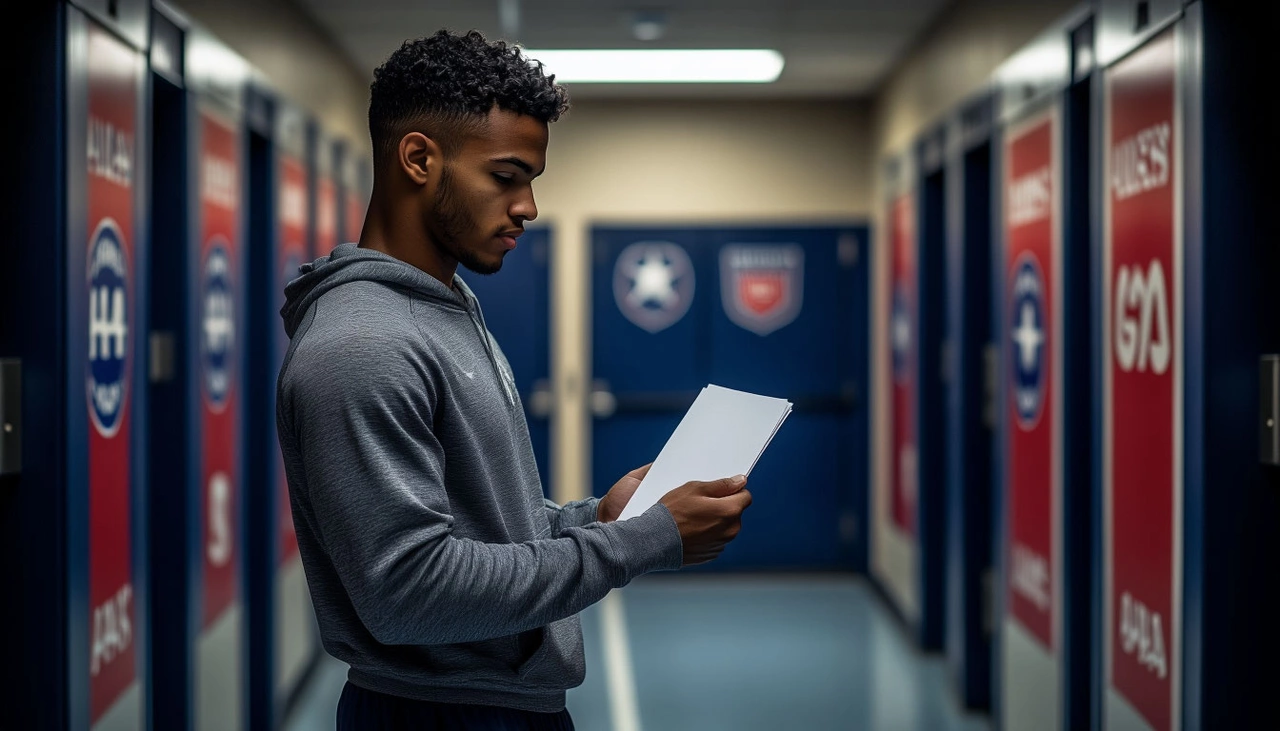
🏛️ Need-Blind vs. Need-Aware: Which Universities to Target
Not all U.S. universities treat financial aid requests the same way. Some are need-blind — meaning they do not consider your financial situation when deciding whether to admit you. This is ideal for international students seeking both education and financial support.
Here are some top-tier need-blind universities for international students:
- Harvard University
- Yale University
- Princeton University
- MIT (Massachusetts Institute of Technology)
- Amherst College
- Dartmouth College
- Georgetown University
These institutions often offer generous aid packages and meet 100% of demonstrated financial need — but they’re also extremely competitive. Most other universities are need-aware — they will evaluate your finances when reviewing your application. This doesn’t mean you won’t be accepted or get help, but your financial need could influence the final decision. That’s why it’s crucial to research each university’s policy in advance.
🧭 Smart Tips to Boost Your Chances
- Start early: Application deadlines for scholarships can be earlier than general admission.
- Apply broadly: Don’t limit yourself to one or two schools. Widen your options.
- Craft a strong application: Personal statements, recommendation letters, and resumes matter.
- Be honest: Misrepresenting your finances could backfire during the visa process.
- Look for external scholarships: Organizations like Fulbright, DAAD (for Germans), and regional foundations also support students studying in the U.S.

🎓 Final Thoughts
While applying for scholarships in the U.S. can be daunting, it’s absolutely possible to receive financial support — even as an international student. Whether through need-based aid, merit scholarships, or sports programs, the key is to stay proactive, well-informed, and persistent.
Remember: universities in the U.S. are not just looking for students who can pay — they want talented, passionate individuals who will contribute to campus life and succeed beyond graduation.
So, polish your application, showcase your strengths, and aim high — your American dream might be closer than you think. 🇺🇸✨

If you're preparing to study in Germany, one of the most important requirements is proving that you can financially support yourself. For most students, this means opening a blocked account (Sperrkonto) — a special type of German bank account where your funds are locked and released in monthly portions. Without this document, your student visa application won’t move forward.
This article explains what a blocked account is, how much money you need, who provides this service, and how to open one step by step.
🔒 What Is a Blocked Account and Why Is It Required?
A blocked account is a mandatory part of the student visa process in Germany. It shows German authorities that you have enough funds to support yourself while living and studying in the country.
The current required minimum is €11,208, based on a monthly allowance of €934. This amount covers your basic living expenses for 12 months — rent, food, transportation, and other essentials.

While this may seem like a large sum, it gives German immigration officials confidence that you won’t become financially dependent during your studies. Once the account is open, you’ll receive a confirmation that can be submitted with your visa application.
🧾 Are There Alternatives to a Blocked Account?
Yes, but they’re not common. You may provide:
- A bank account in Germany holding the required funds (under your name or your parent’s)
- A formal obligation letter from a German resident (rare and complex)
Still, the blocked account is by far the most accepted and straightforward method, especially for international students applying from abroad.
🏦 Trusted Providers of Blocked Account Services
Several licensed companies specialize in setting up blocked accounts for students and offer additional services like health insurance, which is also required for your visa.
Here are the main options in 2025:
✅ Fintiba
- Setup fee: €89
- Monthly fee: €4.90
- Includes free travel health insurance valid from your arrival until you activate your full student insurance
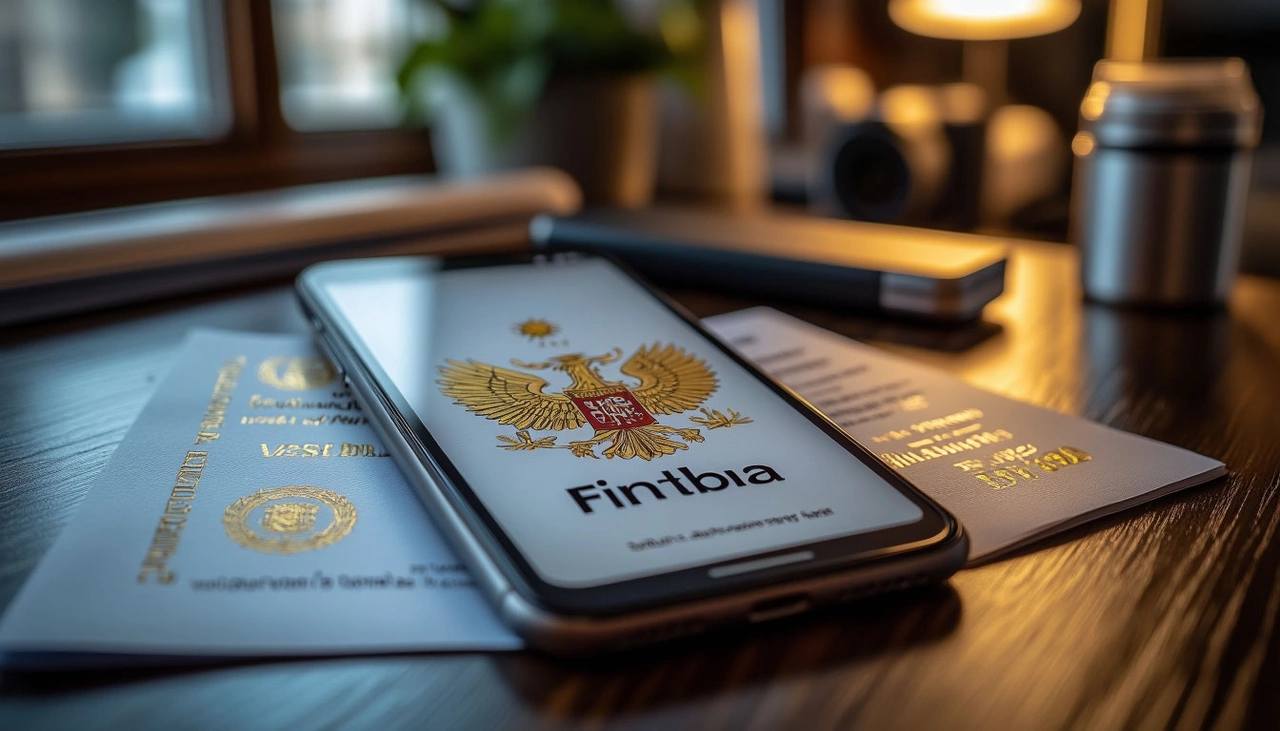
✅ Coracle
- Setup fee: €99
- No monthly fees
- Also offers free temporary health insurance for new arrivals
✅ Expatrio
- Setup fee: €49
- Monthly fee: €5
- Provides bundled services including health insurance, liability insurance, and more
These providers are officially recognized by German authorities, and the entire process — from application to receiving your confirmation — can be completed online.
📦 What’s Included with These Services?
Each of the providers offers:
- A legally approved blocked account with access to funds capped monthly
- A confirmation letter (Sperrkonto Bestätigung) needed for your visa
- Free temporary health insurance from the moment you arrive until you enroll in public student health coverage
In some cases, these platforms also assist with residence registration, student liability insurance, and German mobile plans.

✨ What Is the DAAD Scholarship?
The DAAD (Deutscher Akademischer Austauschdienst) is Germany’s official Academic Exchange Service, a non-profit organization that funds international students and researchers pursuing master's or doctoral programs at public universities across Germany. Highly competitive and widely respected, the DAAD scholarship is a golden ticket to high-quality, tuition-free education and research opportunities.
In countries like Russia, only around 1 in 10–12 applicants successfully receive the award, making preparation and precision key factors in winning.

✅ Who Can Apply?
DAAD supports bachelor’s and master’s graduates who wish to continue their education in Germany in a relevant academic field. One important restriction is that your latest academic diploma (bachelor’s or master’s) must have been earned within the past 6 years. In addition to degree-seeking students, there are specialized research grants for PhD candidates, early-career scholars, and postdocs working on academic projects across diverse disciplines.
📝 Core Requirements
To be eligible, applicants must meet the following criteria:
- Language proficiency: B2–C1 level in German or English, depending on the language of instruction.
- Academic excellence: Strong grades and relevant academic background.
- University admission: You must provide proof of acceptance or enrollment at a state-accredited German university.
Keep in mind: your admission is not required before applying for the scholarship, but must be submitted to begin funding.
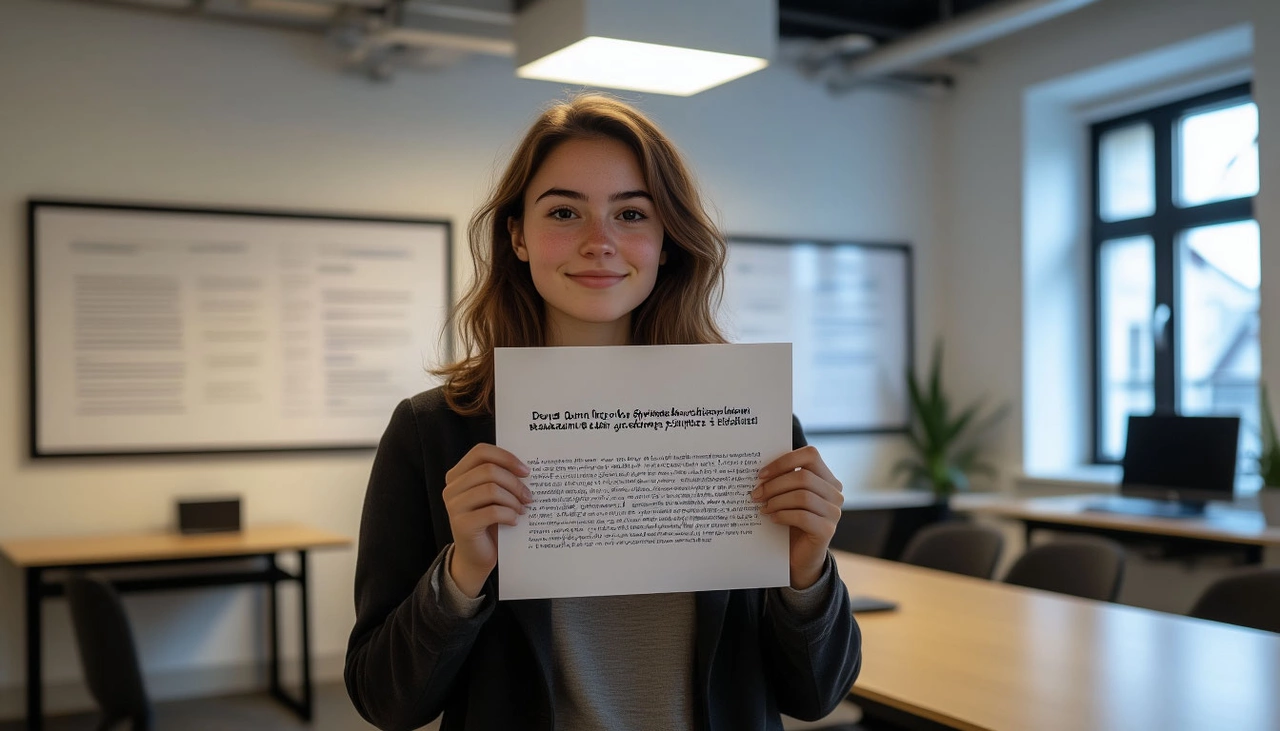
💶 Financial Support
DAAD offers a monthly stipend of €992, which aligns with Germany’s BaföG (federal student support scheme). The scholarship duration typically spans 2 to 4 semesters depending on the length of the study program.
Additional benefits include:
- One-time relocation allowance
- Partial reimbursement of flight costs
- Full coverage of health insurance
- In some cases, support for family members if they accompany the student
⚠️ Note: If you study at a private university, DAAD will not cover tuition fees. The program is designed for public higher education institutions.
📆 When and How to Apply
The general application deadline is November 15, but it may vary by program. Make sure to check the official DAAD Russia or international website for the specific timeline and up-to-date scholarship offers. You’ll need to prepare and upload your documents through the DAAD’s dedicated portal.
🛠️ Can You Work While Studying?
Yes! But there's a catch. If your earnings exceed €450/month, the excess will be deducted from your DAAD stipend. It’s best to take part-time work that’s compatible with your studies and visa conditions.

📂 Required Documents
The list is fairly standard but must be professionally prepared:
- Updated CV in tabular form (Europass recommended)
- Certified university diploma(s) and transcripts
- School leaving certificate
- Motivation letter (maximum 2 pages)
- Letter(s) of recommendation from academic supervisors
- Valid language proficiency certificate (TOEFL, IELTS, TestDaF, etc.)
- Optional: portfolio, publications, or documents showing social involvement or leadership
📚 Studying in Germany: What to Expect
Most public universities in Germany do not charge tuition, making the DAAD scholarship even more appealing. However, each semester, students must pay a small administrative contribution fee (usually €100–€350), which often includes public transport. Your academic life will revolve around research, lectures, and possibly internships. The German system values independence, so expect fewer contact hours and more self-directed learning.
The end of the school year always brings a certain stillness that feels more like a threshold than a conclusion. It’s not just about grades or summer plans; it’s about recognizing how much changes in a year — in knowledge, in relationships, in the small details of daily routine. Having children who navigate these cycles, I’ve come to see this time as a quiet milestone, an opportunity to observe growth in its many forms, often unnoticed during the busy months.

As someone who spends a lot of time focused on external issues like politics and design, the school calendar acts as a reminder of life’s personal rhythms. Watching the children prepare for summer — packing books away, cleaning lockers, saying goodbyes to teachers — brings back memories of my own transitions. These moments underscore how education is not only academic but deeply tied to personal development and social bonds.

There’s also a subtle sense of anticipation that comes with the break. For families, it’s a time to recalibrate daily life, to switch focus from school schedules to different kinds of engagement — summer camps, travel, or simply more time at home. This shift challenges routines and invites new patterns, which can be as disruptive as they are refreshing. It highlights the balance between structure and freedom that defines much of life’s learning.
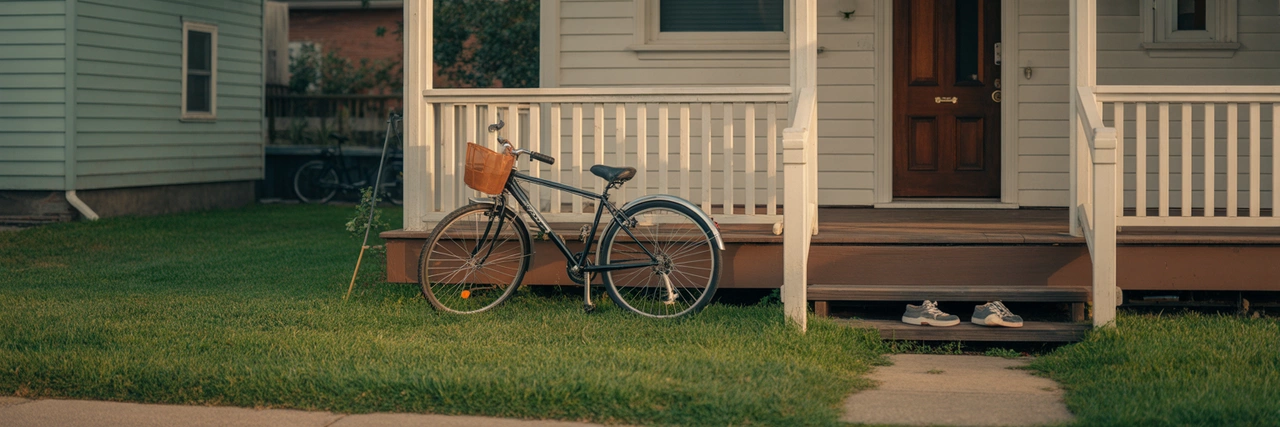
This seasonal pause, grounded in something as simple as the school year’s end, offers a practical reminder: growth is continuous and multifaceted. It happens in classrooms and beyond, in late-night conversations, in changed habits, and in the quiet moments between activity. Recognizing this helps keep perspective on what really matters as we move forward.

Many people think of leadership as something external — charisma, confidence, public speaking, the ability to inspire and lead. And yes, these are important qualities. But true leaders are not formed on the stage — they are shaped in silence. Not during moments of victory, but in moments of doubt, failure, and difficult decisions. Being a leader means carrying not only responsibility but also loneliness, fear, and uncertainty. It’s not a role — it’s a journey.
On this journey, there are more questions than answers. A leader constantly faces choices where there’s no clear “right” or “wrong.” They learn not only to lead but also to let go. Not only to speak, but also to listen. A true leader understands that strength lies not in control, but in the ability to share influence. They don’t need to prove they’re better than others — they help others become better versions of themselves.
Leadership is a constant journey inward. It’s the ability to pause and ask, “Who am I right now, and who do I want to become?” It’s working through ego, ambition, and disappointment. It’s being able to acknowledge your weaknesses without using them as excuses. It’s maturity — not about being perfect, but about being whole.

Strong leaders grow from weak moments. When things fall apart. When they have to take a step into the unknown. When they admit they were wrong. When they ask for help. That’s when true resilience is born — the kind that separates a genuine leader from someone who just looks confident on the surface.
But leadership isn’t only about what happens inside. It’s also about how you relate to others. A real leader shares success. They don’t build a team of followers — they create a space where everyone has a voice, a role, and a sense of ownership. They don’t hide behind a title. They show up — listening, supporting, asking, guiding. They don’t control — they connect.
Modern leadership isn’t about pressure or authority. It’s about trust and development. It’s about seeing potential before it becomes obvious. It’s about helping someone believe in themselves — even when they’re still unsure. At its core, it’s not about power — it’s about maturity.
And yes, leaders make mistakes. They lose motivation. Sometimes they burn out. But they get back up and keep going. Because they know: someone is watching. Someone is following their example. Someone is learning from their actions, not just their words. And that’s what makes them a leader — not loud slogans, but quiet consistency.
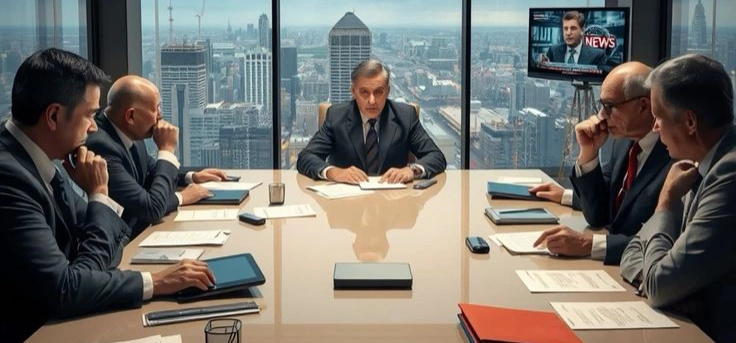
Leadership is a path. A long one, not always easy, but deeply meaningful. And if you’ve ever felt that spark — the sense of responsibility not just for yourself, but for others — maybe you’re already on that path. Just keep walking. True leaders don’t run ahead of the crowd. They walk alongside it. And they’re never afraid to be the first to stop and ask, “Are we even going in the right direction?”
As hybrid and remote work models become the new standard, a subtler challenge has emerged in the modern workplace: digital burnout. While technology enables flexibility, accessibility, and efficiency, it also blurs the lines between work and rest, presence and pressure, productivity and overload. For many professionals, the result is a creeping sense of exhaustion that isn’t caused by the work itself — but by how it's delivered.
The paradox of hyper-connectivityWe're more "available" than ever before. Notifications, video calls, emails, instant messages, project platforms — all designed to improve collaboration — can quickly become overwhelming. A quick Slack reply at 8 p.m. turns into a habit. A “short check-in” on a Sunday morning becomes routine. The line between office and home fades, and the expectation to be reachable at all times becomes normalized — even unspoken.
What is digital burnout?Digital burnout is more than tired eyes or the occasional frustration with too many meetings. It's a deep, systemic fatigue that affects focus, motivation, and emotional energy. It shows up as:
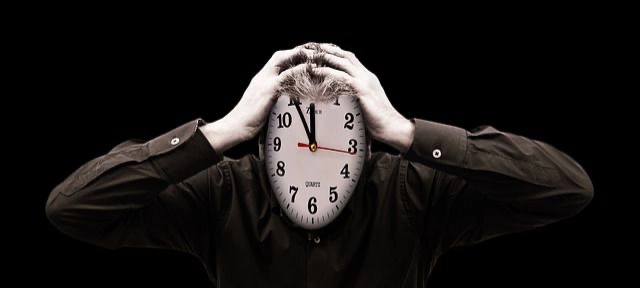
- Difficulty concentrating on tasks
- Feeling mentally drained by simple interactions
- Avoiding or dreading communication
- Increased irritability or anxiety
- Lack of creative drive and satisfaction
Unlike physical burnout caused by overwork, digital burnout is often harder to detect. It creeps in quietly — masked by productivity metrics that might look just fine. But over time, it erodes engagement, well-being, and ultimately, performance.
Why it matters for companiesWhen digital fatigue sets in across a team or organization, the effects are real: reduced innovation, poor collaboration, more sick days, and high employee turnover. The irony? Burnout often happens in high-performers who struggle to disconnect — the very people organizations rely on most.
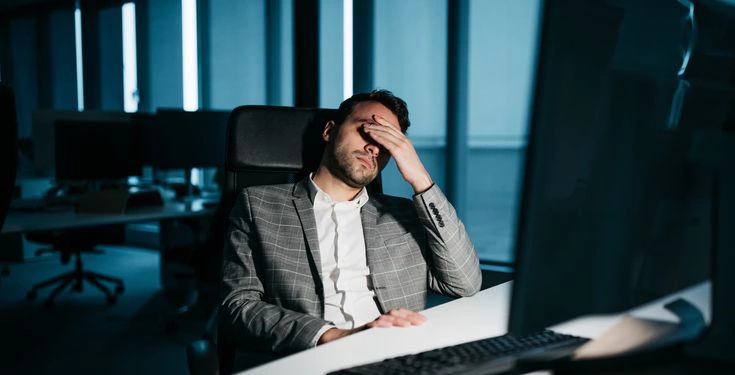
Moreover, in the remote or hybrid context, employees may feel less empowered to set boundaries. Without the natural structure of commutes or physical office space, "logging off" becomes ambiguous — and for some, anxiety-inducing.
Strategies for digital recoveryAddressing digital burnout isn’t about abandoning technology — it’s about using it more intentionally. Here are a few strategies individuals and organizations can implement:
- Normalize digital boundaries. Leaders should set the tone: no expectation to reply after hours, no meetings during lunch, real encouragement to disconnect.
- Reassess communication culture. Not every message needs to be a meeting. Reduce redundancy, streamline tools, and let asynchronous work breathe.
- Introduce “deep work” time. Encourage blocks of uninterrupted time for focused work — and protect it on calendars like any other meeting.
- Offer digital wellness training. Just like time management, navigating digital stress is a skill. Help your teams learn how to manage overload, prioritize, and unplug.
- Model balance from the top. When leadership respects its own limits, others feel safe to do the same.
A healthier way forwardDigital tools aren’t the enemy — in fact, they’re essential to modern collaboration. But they must be balanced with empathy, structure, and space to recover. A company’s ability to manage digital culture is now a core aspect of talent retention, employee experience, and long-term success.
In an always-on world, smart organizations will be those that know when — and how — to switch off.
Technology makes life easier — at least, that’s what we’re told. Instant communication, remote work, one-click delivery, smart assistants, AI tools that write and organize for us. But alongside these digital conveniences, another reality is growing — digital fatigue.
We live in an age of constant connection. Notifications never stop. Zoom meetings blend into chats, messengers merge with corporate platforms. The workday has no clear end; the boundaries between “home” and “office” have vanished. We’re always online — yet increasingly emotionally distant.
This leads to a new form of burnout — technological exhaustion. And it’s not just about eye strain or back pain. It’s about irritability, lack of focus, anxiety without clear cause, apathy toward work, and even a disinterest in real-life interaction.
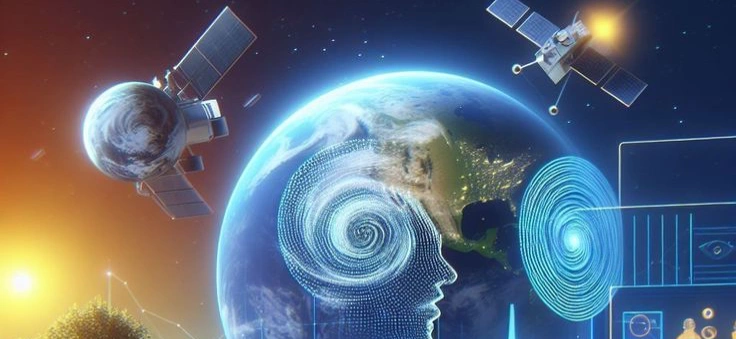
The most vulnerable are those whose jobs revolve around screens: office workers, freelancers, online teachers, students, developers. But the digital trap catches nearly everyone — teens, parents, retirees. Even rest has gone digital: streaming, TikTok, YouTube, gaming — it’s screen after screen after screen.
Why is this dangerous? Because we’re losing the ability to be present. We forget what it’s like to truly rest without a screen, to talk without emojis, to notice the people around us, not just the ones in the chat. Our minds weren’t built for nonstop information — and at some point, they begin to short-circuit.
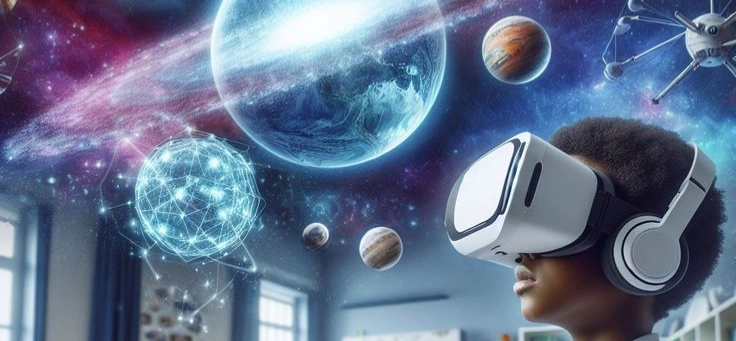
What can we do?— Practice digital hygiene: mute notifications, take screen-free breaks, have “offline days.”— Separate work from personal life: no emails after 8 PM, no working from bed.— Reclaim the analog: read physical books, walk without headphones, have real conversations.— Talk about burnout — with friends, family, colleagues.
Digital technology is not the enemy. But it demands a new kind of responsibility — to ourselves. Feeling tired of being constantly connected doesn’t mean weakness. It means it’s time to reclaim silence.
Economic instability has become one of the most pressing and emotionally charged issues of the past year. Across the globe, millions of people are grappling with the consequences of inflation, rising prices, currency devaluation, economic slowdowns, and the ripple effects of international crises. While fluctuations in the economy are a natural part of any economic system, the current situation is being felt with unusual intensity due to the simultaneous impact of multiple destabilizing factors — both domestic and global.
The rising cost of living is one of the most immediate and tangible effects. Food, housing, transportation, healthcare, and utilities have all become significantly more expensive in many regions. For middle-class families, this means cutting back on non-essential spending and adjusting budgets to cover basic needs. For low-income households, it can mean choosing between heating and groceries, between education and medical care. Inflation rates in some countries have reached levels not seen in decades, eroding purchasing power and threatening the financial stability of entire communities. Even those who once felt relatively secure are now reconsidering their savings, investments, and long-term plans.
Alongside inflation, the labor market has undergone a major transformation. The aftershocks of the COVID-19 pandemic, combined with the acceleration of digitalization and automation, have reshaped the way people work. Remote work has become widespread, but so has job precarity. Freelance work, temporary contracts, and gig-based employment have grown — offering flexibility for some, but creating insecurity for many others. Workers fear job loss, reduced hours, or stagnant wages, while employers seek to balance cost-saving with productivity. Many professionals, especially in traditional industries, are being forced to retrain or pivot to entirely new fields. Younger generations are entering the workforce under especially difficult conditions: high competition, low entry-level salaries, and limited long-term prospects contribute to growing anxiety and burnout.
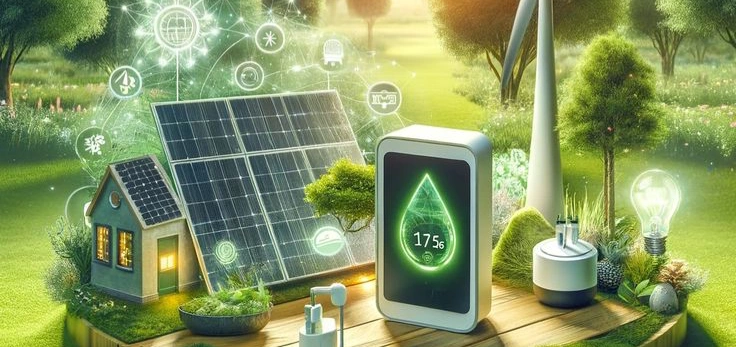
Compounding these domestic issues are significant global influences. Ongoing geopolitical tensions, trade disruptions, and military conflicts have deeply affected energy prices and supply chains. The cost of oil, gas, and raw materials continues to fluctuate unpredictably, leading to higher manufacturing costs and delays in production. In many countries, reliance on imports has made local economies particularly vulnerable. Moreover, the lingering consequences of the COVID-19 pandemic are still being felt in key sectors such as tourism, hospitality, small business, and logistics, slowing recovery efforts and increasing debt burdens.
These economic stressors do not exist in a vacuum — they deeply affect the psychological well-being of individuals and the social fabric of communities. Chronic financial stress has led to rising levels of anxiety, depression, and social tension. People are losing trust in institutions that seem unable or unwilling to provide effective support. The gap between rich and poor continues to widen, fueling political polarization and a sense of injustice. In some regions, protests and labor strikes have become more frequent as citizens demand fairer policies and greater transparency from their governments.
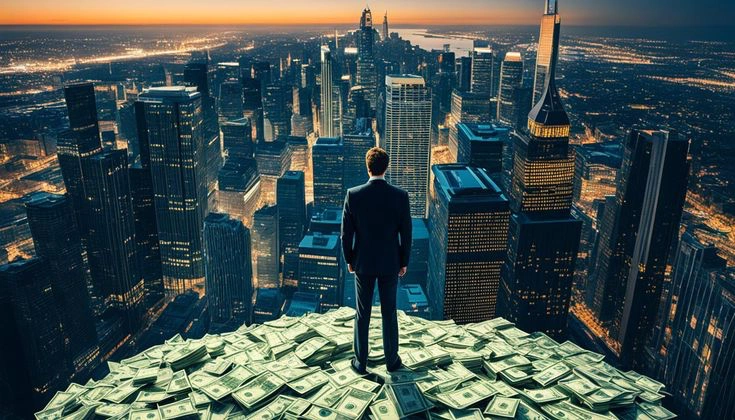
In the face of this uncertainty, societies must focus not only on economic measures but also on building resilience and solidarity. Improving financial literacy, supporting innovation and entrepreneurship, investing in education and retraining, and creating safety nets for the most vulnerable are all essential steps. Governments must act with clarity and compassion, while citizens need to stay informed, adaptable, and engaged. Economic instability is not just a test of policy — it is a test of collective strength, empathy, and long-term vision. The way we respond today will shape the kind of world we live in tomorrow.